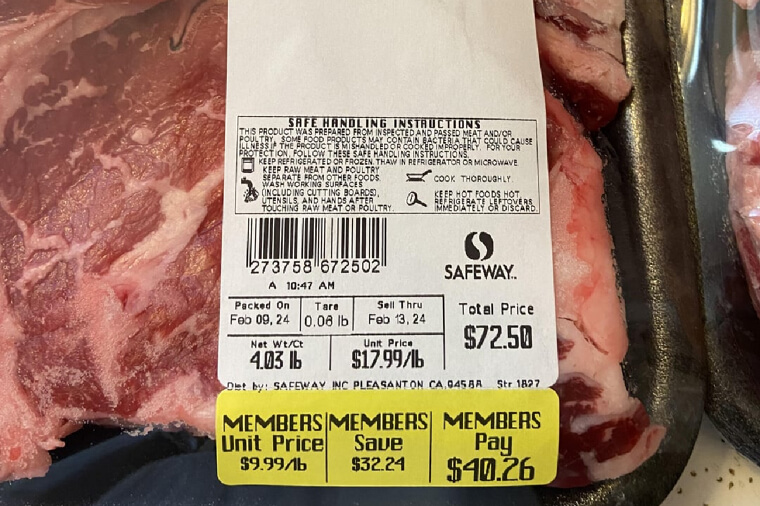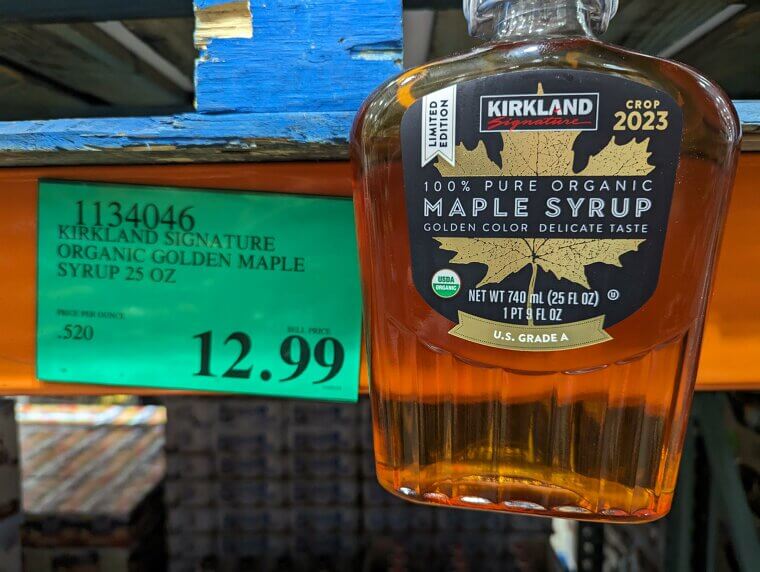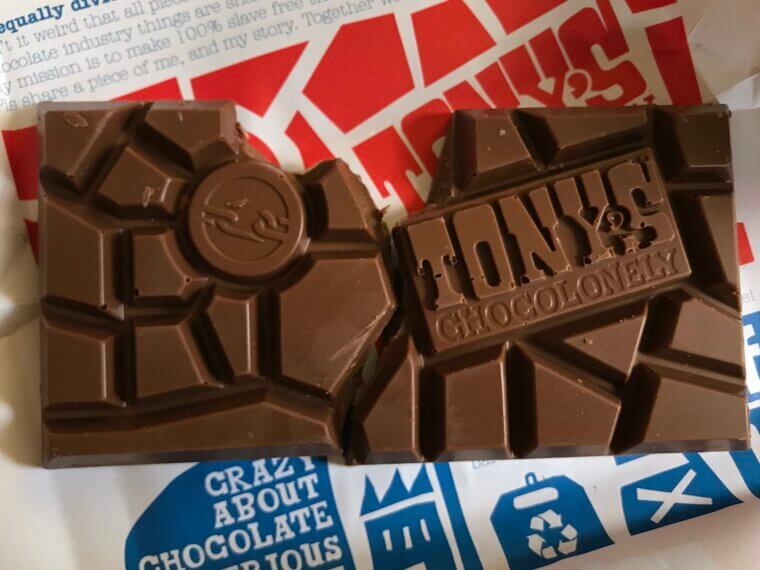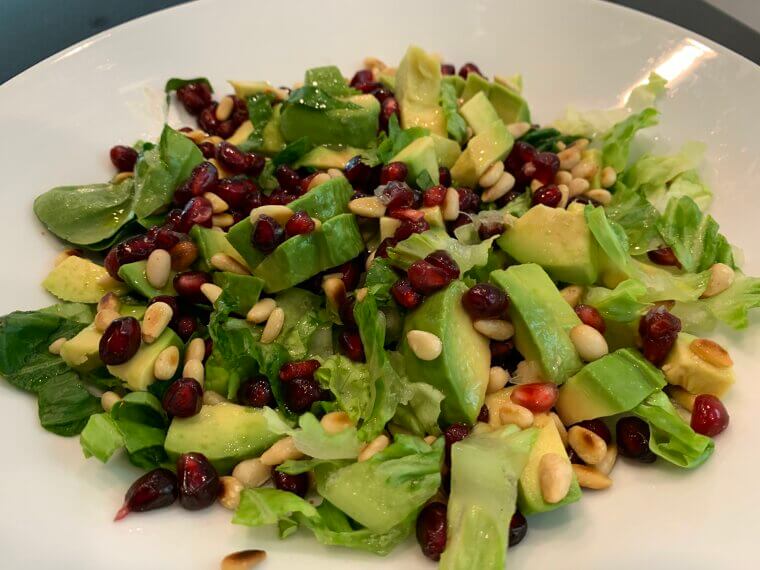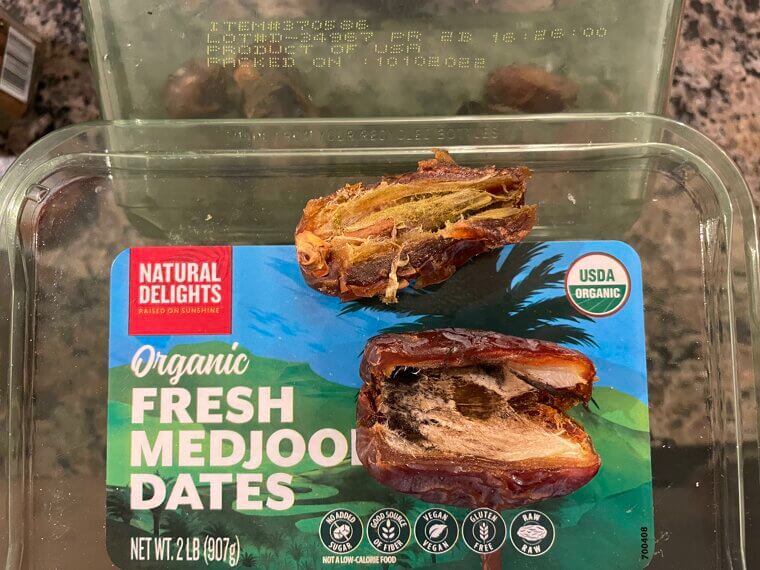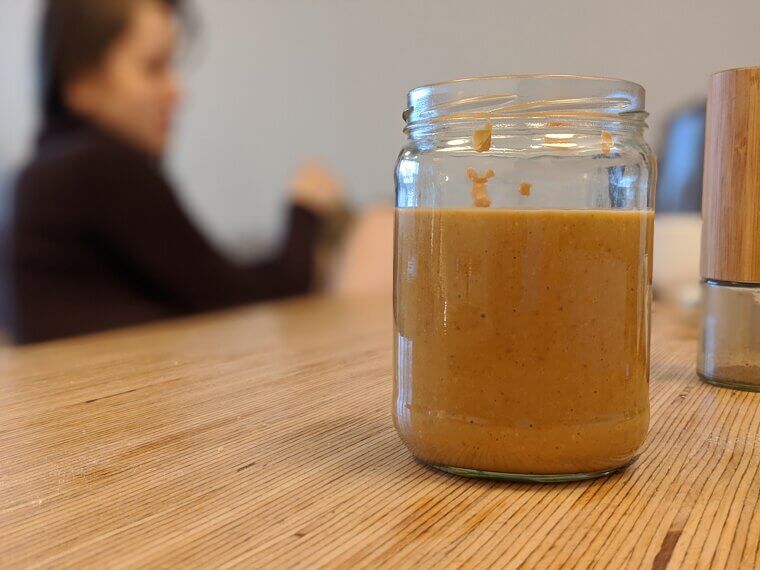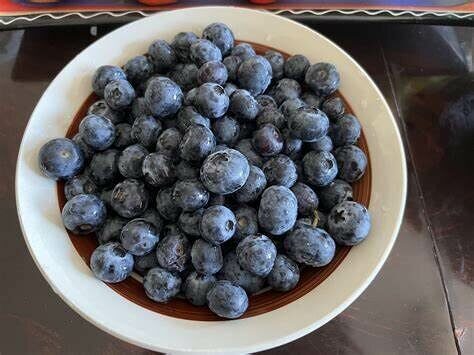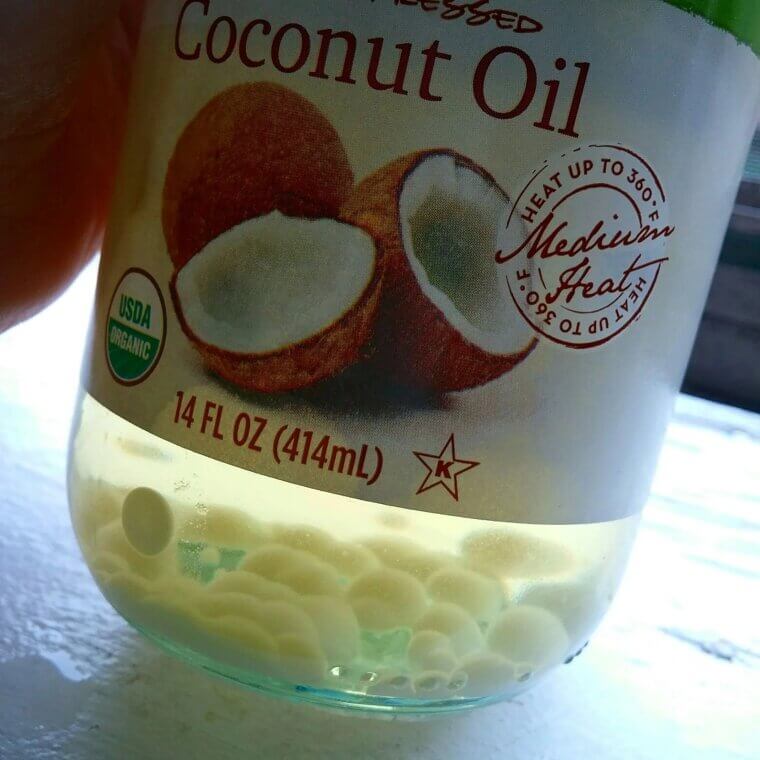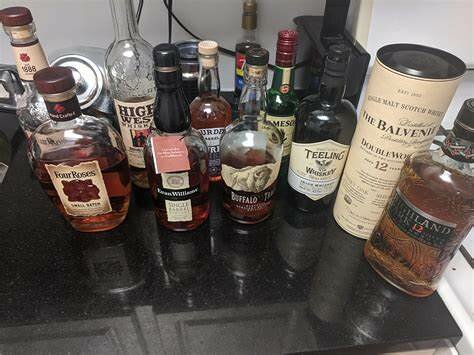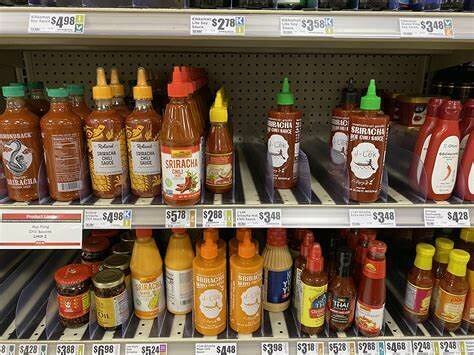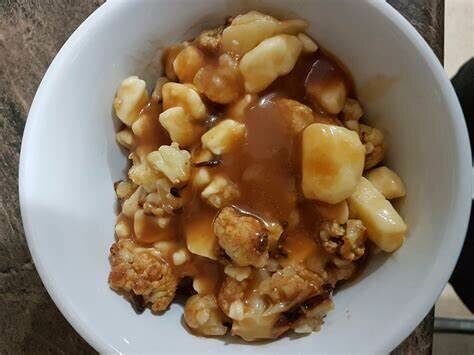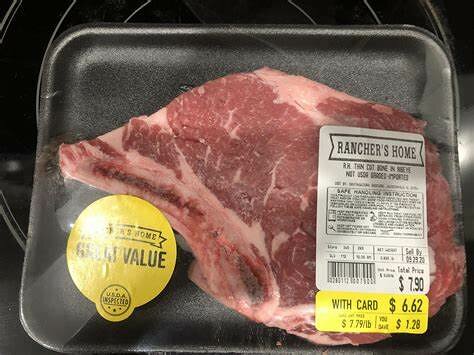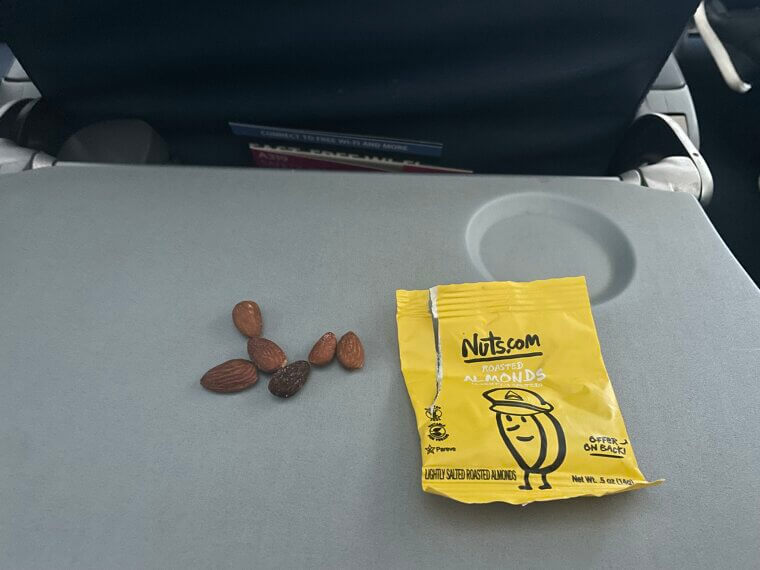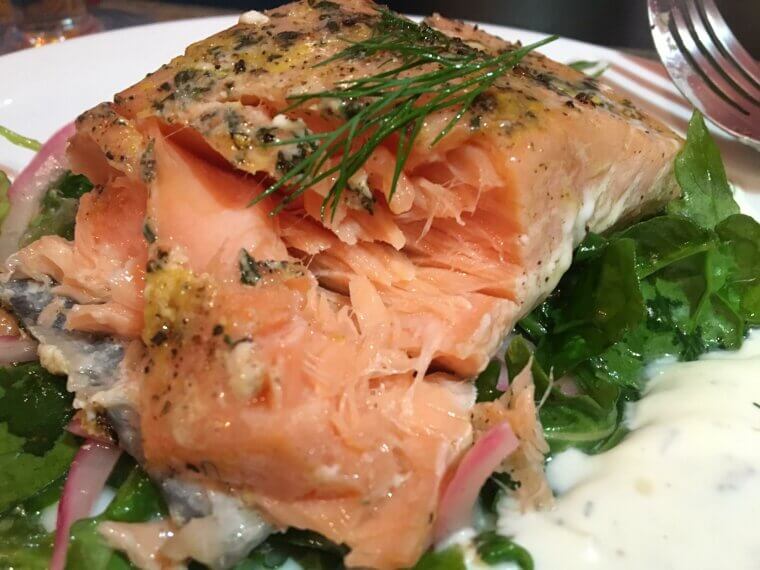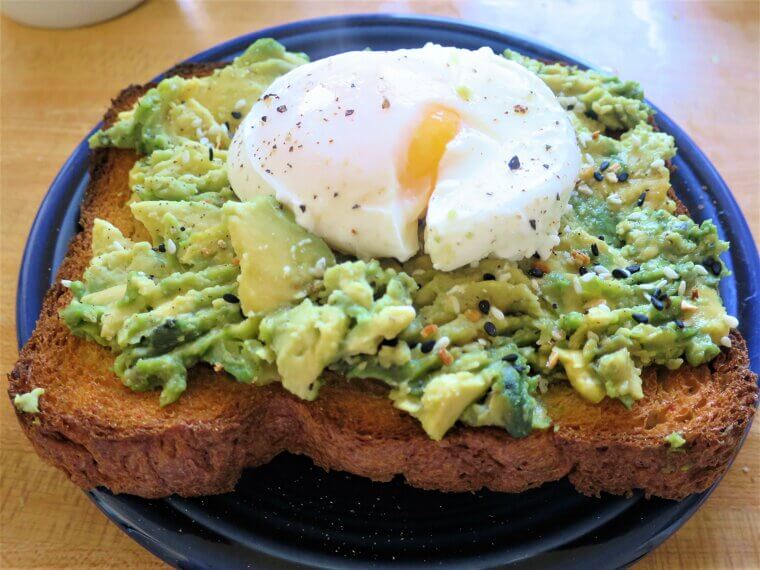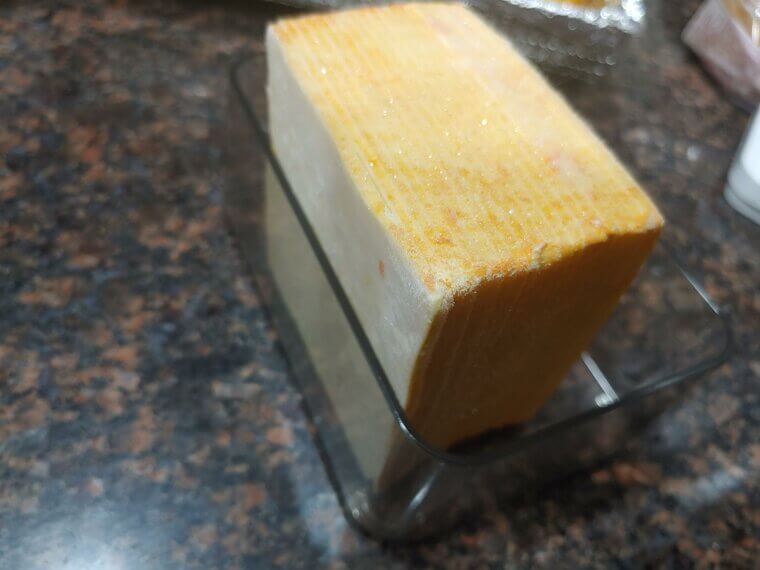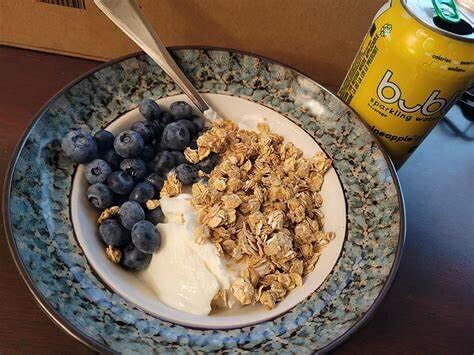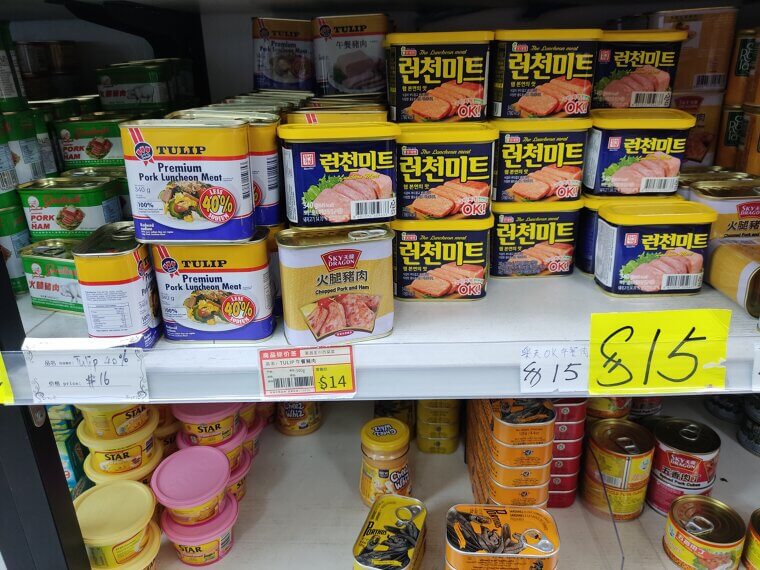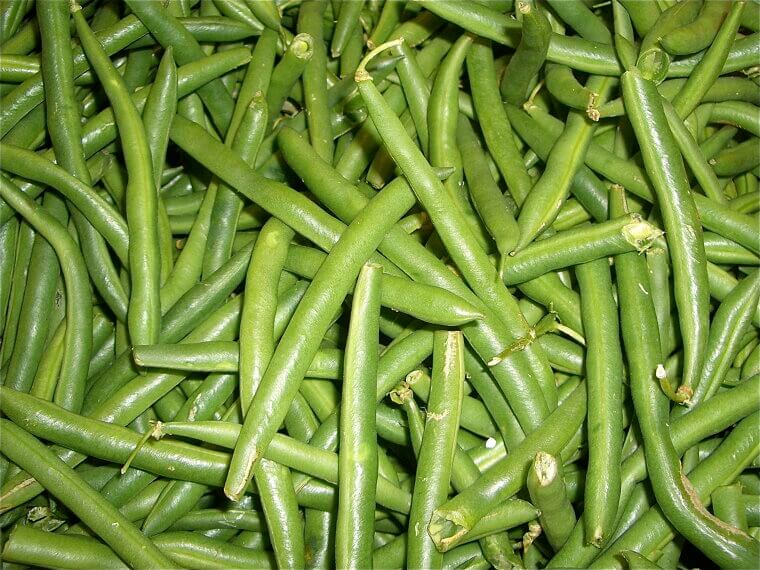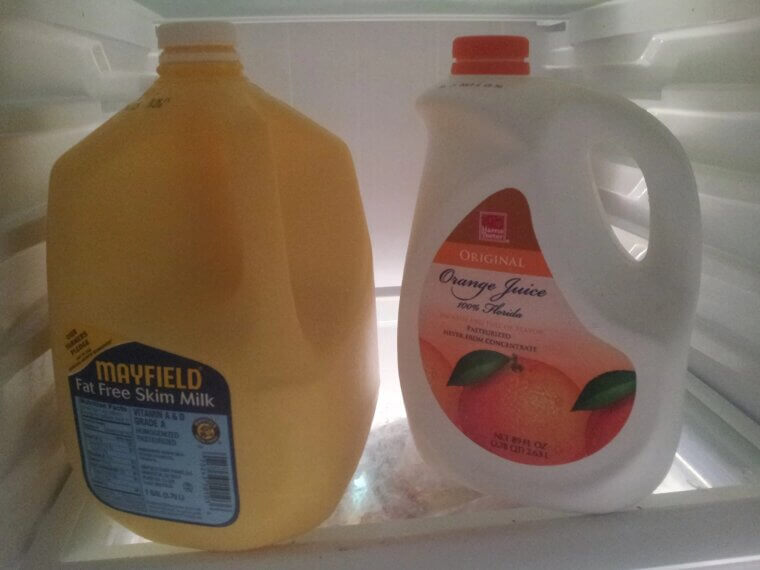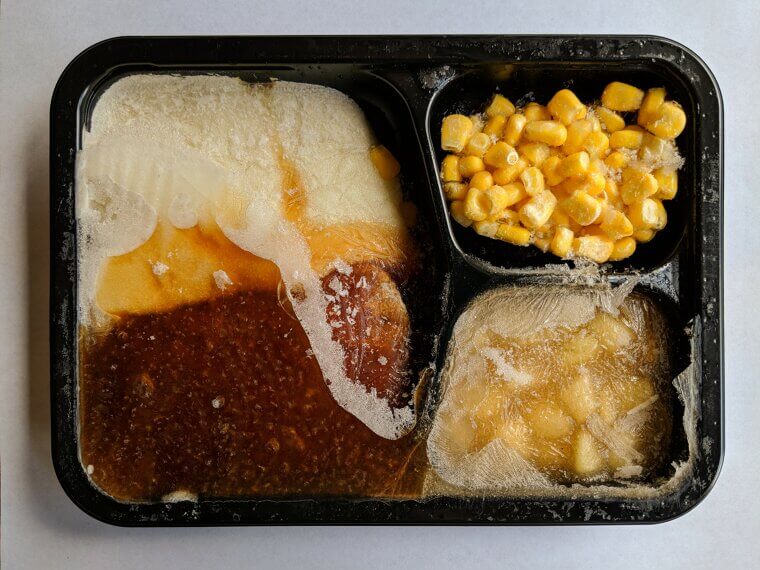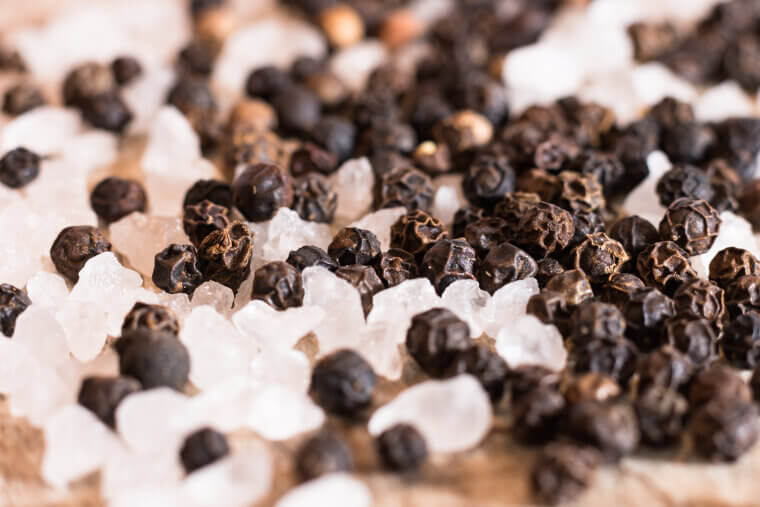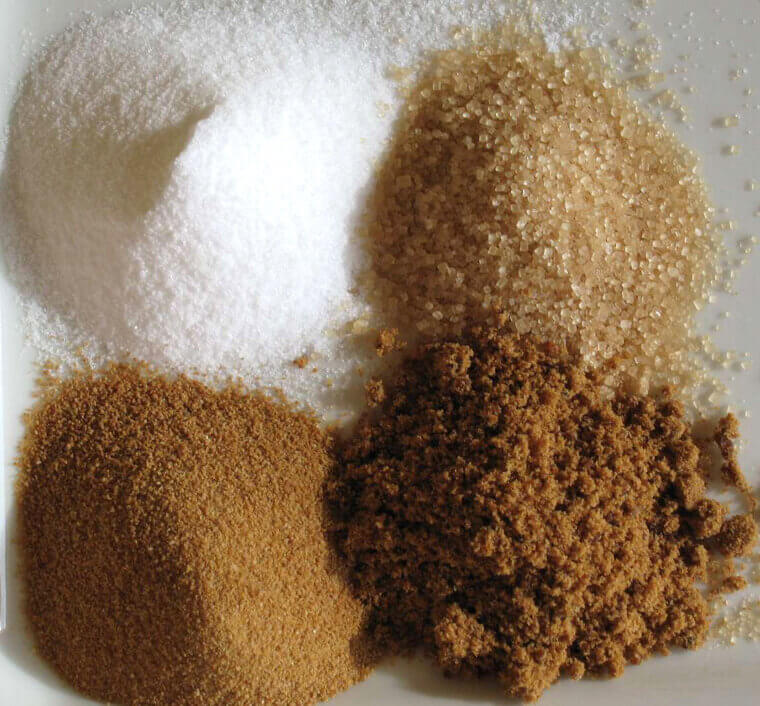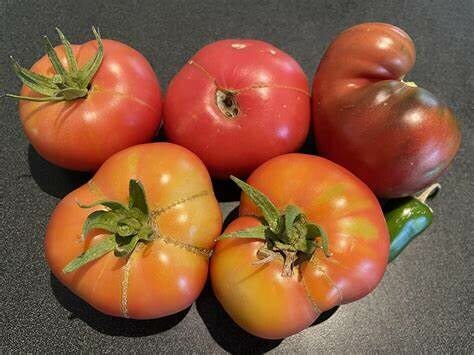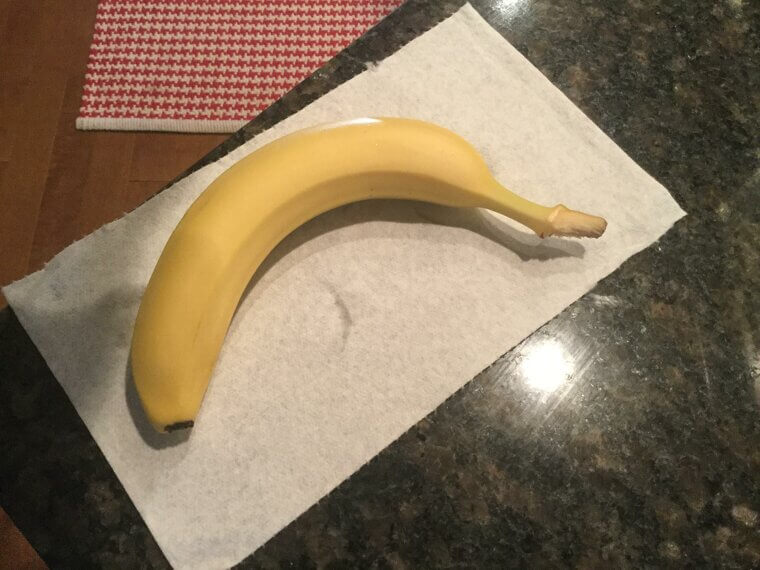Imported Food Prices Are Soaring
Can you remember, back in the day, when grocery store shopping used to be more about what you want rather than what you can afford? Nowadays, most of us are realizing just how lucky we were when food prices used to actually be ‘cheap’. In fact, so many once-affordable foods have become luxury items that many of us can’t even make our favorite meals anymore. Let’s take a closer look at imported foods that are now simply too pricey to justify buying.
Maple Syrup
Who doesn’t love pouring some maple syrup on their breakfast in the morning? No matter how much you may love it, though, there is no denying that import tariffs have drastically increased the price of this pantry delight, making it less and less of a staple household ingredient.
Dark Chocolate
Dark chocolate products are experiencing a rapid price increase, primarily due to tariff hikes and poor harvest seasons in West Africa, where 60% of the world’s cocoa is grown. Sugar is also becoming more expensive, which naturally adds to the cost of the chocolate as well.
Pine Nuts
Over the years, pine nuts have become a premium item that only some people can afford on a regular basis. To be more specific, you can now expect to pay anywhere between $25 and $30 for a small bag of them. The high price mainly stems from significant tariffs, as well as the labor-intensive work involved in harvesting.
Dates
Dates are often referred to as nature’s caramel. While they may be both delicious and healthy, they are also on the pricey side - so much so that many households simply can’t afford to buy them anymore.
Organic Peanut Butter
Organic peanut butter was once popular as a healthier alternative to regular peanut butter. Nowadays, however, very few people can afford any foods that have the word ‘organic’ on them. In some grocery stores, this product sells for upwards of $10 a jar!
Blueberries
Unfortunately, blueberries are no exception to the ever-increasing price of food. In recent years, however, the price of a single punnet has skyrocketed, making this delicious and healthy snack a bit of a luxury buy. The price increase is largely due to labor shortages, increased farming expenses, and extreme weather conditions that pose an increasingly significant risk to crops.
Cashew Nuts
Who doesn’t love cashew nuts? Not only are they relatively healthy, especially as a mid-day snack, but they also complement so many meals. However, they are also incredibly expensive, especially in recent years. In fact, they are one of the most expensive nuts on the market.
Coconut Oil
Coconut oil is a healthy alternative to many other cooking oils. Unfortunately, though, healthy usually means expensive, and coconut oil is no exception. Today, you can expect to pay anywhere between $15 and $20 for quite a small jar, which doesn’t make sense for people shopping on a budget.
Whiskey
While whisky has long been considered a luxury item by many, its current price reflects this perception. To be more specific, products made in Ireland and Scotland receive a 25% tariff, making them that much more expensive in your local grocery store.
Hazelnuts
So many delicious foods can be made using hazelnuts, including chocolate and even Nutella. However, in the long run, it might even be cheaper to simply buy the ready-made product, as hazelnuts are not cheap.
Sriracha
Sriracha was once a beloved condiment for spicy food lovers. However, in recent years, the price per bottle has increased so much that many people simply can’t warrant buying it anymore. This increase follows a chili spice shortage that led to an increase in the sales price of the sauce.
Cauliflower
You may be surprised to hear that cauliflower is another food that has been affected by import tariffs. Many people love cauliflower as a side dish or for making their own pasta. However, with the increase in cost, it makes more sense to simply buy store-bought products.
Steak
While it makes sense for meat to be expensive, the price of a good steak has gotten somewhat ridiculous in recent years. Meat from Canada, which accounts for 75% of the country's total exports, is now facing a 25% tariff, meaning the price will continue to increase.
Almonds
Almonds really are a superfood. They are rich in protein, contain healthy fats and oils, and, not to be overlooked, taste delicious! Unfortunately, though, they are also incredibly expensive, especially in recent years. At many grocery stores, they sell for upwards of $15 per pound.
Quinoa
Quinoa is another superfood that has become incredibly popular in recent years. As it is incredibly healthy, you can only expect it to cost a small fortune. To be more specific, this nutrient-rich grain sells for between $10 and $15 per pound, making it a luxury purchase that many households simply can’t afford.
Salmon
Let’s be honest. Does anyone here actually buy salmon from the grocery store? While we may have in the past, it has become so ridiculously expensive that we can no longer justify the purchase. It’s a shame because we would do anything for a piece of spicy grilled salmon…
Coffee
Although coffee remains a frequently purchased grocery item, some brands have become so expensive that they are now considered ‘luxury’ items by many. Every month, we steadily watch the price of coffee increase, hoping that one day, the cost will finally settle so that we don’t have to rule it out completely.
Avocados
Avocados are another superfood that can work wonders for a healthy diet. Back in the day, we used to grab an avocado for our morning toast without even batting an eye. However, this is no longer the case, as they are now one of the most expensive fruits in the store!
Olives
In recent years, certain brands of olives and olive oil, especially those from Spain and France, have almost doubled in price. This price hike is a result of government tariffs. Fortunately for us, products from Italy and Greece have been spared, meaning that there are still a few cheaper options available.
Cheese
There is no denying that cheese is a household staple. Unfortunately, some of the most popular cheese varieties have faced significant price hikes, including Parmesan and Pecorino. As a general rule, the stinkier the cheese, the more expensive it will be.
Butter and Yogurt
Butter and yogurt are other household staples that have undergone rather drastic price increases. Products made in Ireland are especially pricey, as the US has tariffs placed on the country. Yogurt from Belgium, Austria, Germany, and Greece is also subject to 25% tariffs.
Cookies and Biscuits
While cookies and biscuits should be eaten in moderation anyway, many households simply can’t afford to buy them at all anymore. Certain products, including waffles and wafers, are taxed before entering the country.
Cinnamon
Cinnamon has to be one of the most expensive spices on the market. To be more specific, Saigon cinnamon is subject to a 44% tariff, increasing the overall cost by almost half.
Canned Foods
Canned foods used to be a household staple, as they were cheap, convenient, and, most of the time, just as delicious as fresh produce. In recent years, however, the price of common canned foods, such as tomatoes and tropical fruits, has increased exponentially.
Snap Beans
Who doesn’t love snap beans? They are healthy, fun to play with, and they even taste good. They are heavily imported from Mexico, however, which means that they now face a rather hefty tariff increase.
Orange Juice
The US imports a significant amount of orange juice, which makes the product vulnerable to tariff price hikes. As most orange juice is made in Spain, this includes a 25% increase, making orange juice somewhat of a luxury item.
Frozen Dinners
Remember when frozen dinners used to be a cheap and convenient alternative to home cooking? Unfortunately, this is no longer the case. The plastic packaging used to make the product is subject to high tariffs, making the overall cost of the meal quite expensive.
Granola Bars
Granola bars are a healthy, convenient, and downright delicious option. Unfortunately, the foil wrapper also makes it rather expensive, as it is subject to high tariffs and import fees.
Wine
For most people, wine has always been a luxury item. Nowadays, however, wine products from France face a 10% tariff increase, making them even less affordable for the everyday shopper.
Pepper
While pepper may seem like a cheap spice, you would be sadly mistaken. Pepper varieties from Asia, in particular, are subject to rather drastic tariffs and import fees, making the cost surprisingly high. Next time you're browsing the spice aisle, don’t just grab and assume the product is affordable!
Sugar
Sugar, as well as other pantry staples such as milled grain, preserved vegetables, and oil, is becoming increasingly expensive by the week. This is mostly due to import fees, but the plastic packaging also contributes to the high costs.
Bottled Water
You may be wondering how bottled water could possibly be expensive. It is only water, after all… However, the plastic packaging makes the product vulnerable to high tariffs, increasing the overall cost. Seeing as it's needed for life, it's crazy to think that bottled water is a high-cost item.
Tomatoes
Tomatoes from certain countries, including Mexico, are subject to tariffs ranging from 20% to 30%, resulting in price increases of between 40% and 50%. Unfortunately, even tomatoes aren’t immune to the ever-increasing price of trading.
Bananas
Fresh fruit from both Central and South America are seeing rapid price increases. Bananas, in particular, are almost double the price of what they were just a few years ago, making them somewhat of a luxury item.
Raspberries
Raspberries are another fruit that seems to have it all: flavor and a wealth of healthy vitamins and minerals. Unfortunately, they also happen to be one of the most expensive fruits in the fresh produce section. This comes down to import tariffs, as well as additional fees from the plastic packaging.

